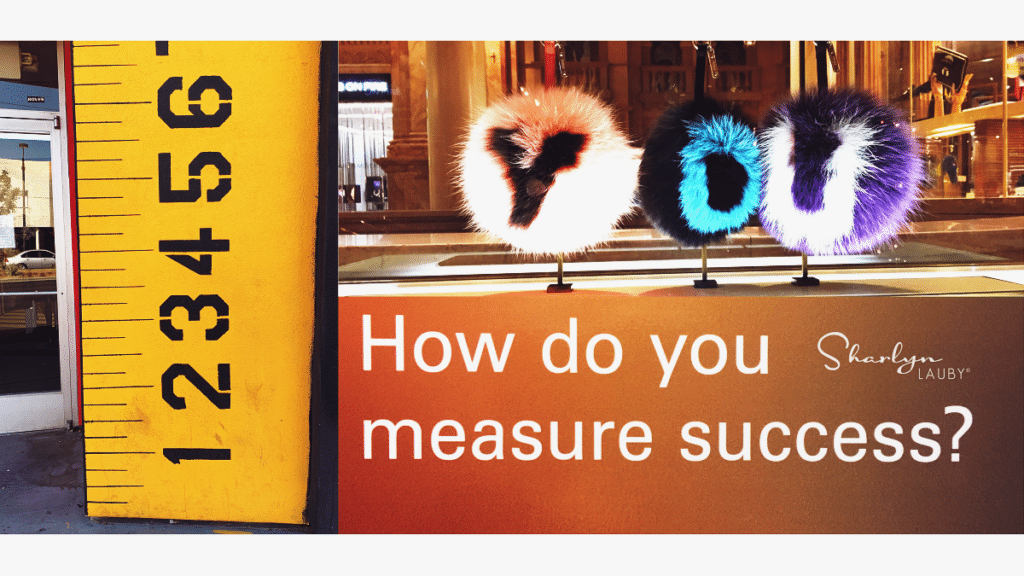5 Qualities of High Performing Talent Acquisition Departments
Estimated reading time: 3 minutes
There’s no doubt that talent acquisition departments are in the spotlight right now. This doesn’t have to be viewed as a bad thing. In fact, it’s an opportunity to shine and show value to the organization. I think companies recognize the value of finding and hiring talent. But I’m also hearing about organizations not giving talent acquisition departments all the resources they need – both in terms of financial resources and time.
At the latest SAP SuccessFactors conference, Jim Stefanchin, research director with Aberdeen Strategy and Research, shared some data about what best-in-class (aka high performing) talent acquisition functions are doing. I thought his presentation really provided a blueprint for how talent acquisition departments can assess their capabilities and get the resources they need. Here are the five qualities:
PROCESS – What do we need? This is related to workforce planning. What knowledge, skills, and abilities (KSAs) should we be hiring for? And once we identify the KSAs, should we “buy, build, or borrow” the talent? One data point that stood out: Stefanchin mentioned that most organizations are currently utilizing 11-20% of their workforce in contingent labor. Best-in-class organizations are reporting 31-40%.
MEASURE – What will success look like? Obviously, this will look different for each organization. But the answer isn’t zero open job requisitions. Success is about shifting from reactive hiring to proactive recruiting. Talent acquisition departments need to develop workforce plans and regularly monitor their talent pipelines to ensure that they are ready when the organization is ready.
ORGANIZATION – What organizational changes need to be made? One of the areas that I’ve been talking about lately is not only having a talent acquisition process that aligns with organizational goals but making sure that talent acquisition is aligned with the rest of the HR functions (i.e., total rewards, learning and development, performance management, etc.) What’s promised to a candidate during the hiring process needs to be what they receive as an employee.
DATA – What do we need to track? Regular readers of HR Bartender know I’m a fan of metrics like time to fill and cost per hire. But there are other data points to consider. Stefanchin shared that best-in-class talent acquisition functions are more likely to have a steady pipeline of candidates and link succession planning to their efforts.
TECHNOLOGY – How will technology support the process? I believe the four qualities above really point to using technology to accelerate hiring. Technology can help us automate process, collect data, and create reporting to help make decisions. The question becomes are you using tech to simply cut costs, which is okay. But the real value is using talent acquisition technology proactively.
The big takeaway from this session and the reason I wanted to share it with you is that high performing talent acquisition departments are willing to make the investment in the resources they need to deliver. They are making the transition from reactionary recruitment and filling job requisitions to proactively building pipelines of qualified candidates. And they’re making the investments in people, process, and technology to support that plan.
Image captured by Sharlyn Lauby while exploring the streets of Las Vegas, NV
18